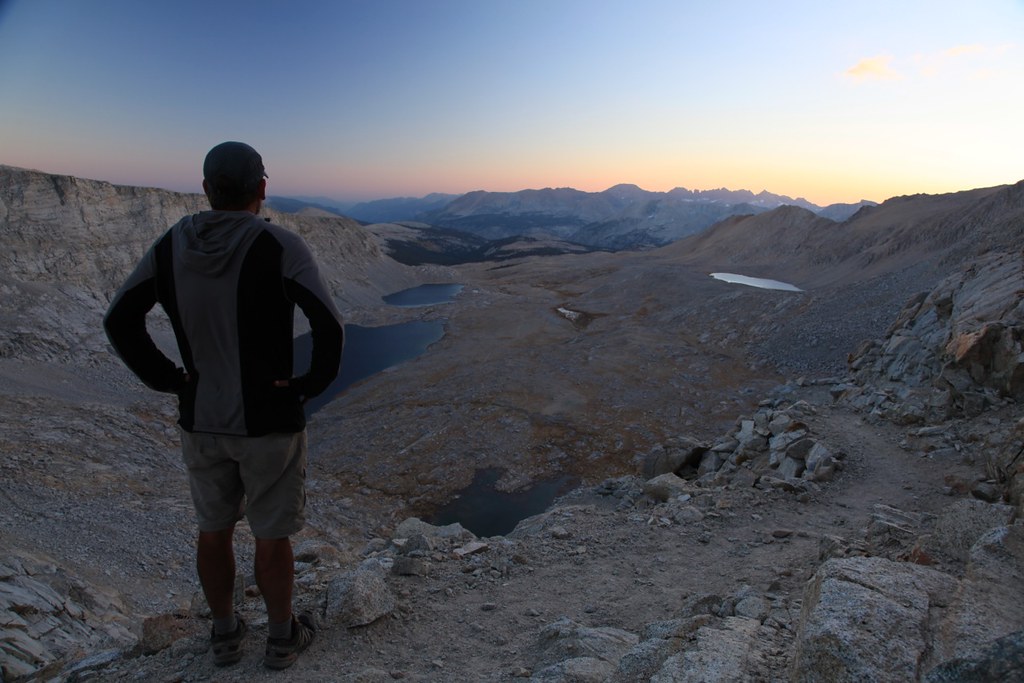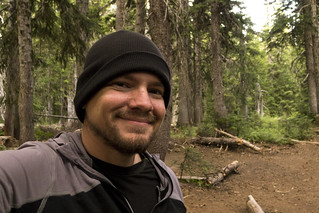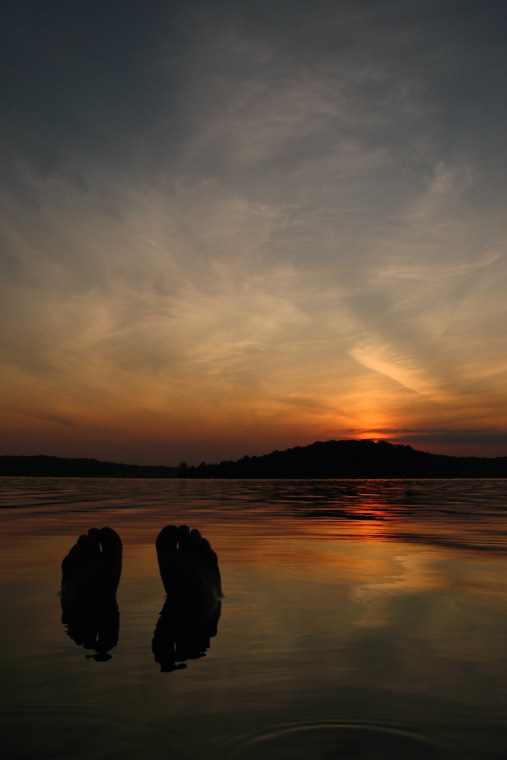RG: How can a hiker prepare their feet during the weeks or months before a long distance hike?
PL: The best approach is to log lots of miles in the footwear you plan on using, obviously to not only toughen the feet but to also break in the boots or shoes.
I worked on the medical team of a 250k stage race across the Gobi desert in 2005 and saw and heard every philosophy from the athletes on how they managed their skin issues. One athlete soaked his feet every night in iodine and water. One guy claimed that he never used lotions or trimmed calluses and had not developed any blisters since doing so. Another claimed that he stopped his blister problems by trimming his calluses and using lotions to keep his skin soft and moist. This illustrates that there is not one way for everybody, but there are great tools available and people have to learn what works for them. Not surprisingly, the people we saw in the medical tent with blistered and sore feet were the less experienced athletes. They didn’t appreciate that in ultra-endurance events, especially multi-day events, it is NEVER a good idea to ignore pain and/or a potential blister developing.
What footwear do you prefer on the trail?
Stop immediately and apply either moleskin or one of the slick adhesive patches (like Engo) to reduce the friction over the hot spot.
If a blister does develop, how should we be treating them? My current understanding is that unlike burn blisters, you should puncture friction blisters to drain the fluid. Is the practice of using a needle to run a length of thread through the blister and leaving it overnight to wick fluid out of the blister while you sleep recommended?
I do advocate draining blisters by puncturing them with as sterile of a needle that you can manage. Boil it in water, scrub it with iodine, or heat it in a fire (but clean carbon deposits off before puncturing). Also prep the skin over the puncture site with iodine or something similar. Puncturing is better than trimming the skin off because the top layer of the skin (the epidermis) can then serve as a "biological dressing" and minimize risk of infection.
Because blisters have a tendency to refill, I advocate puncturing multiple times and make sure at least one is at the lowest point of the blister, so that gravity can help drain through that spot when weight-bearing. I have seen the thread technique used and it appears to work well. The idea is that the thread wicks fluid out of the blister, and it can do this, but the risk is that the thread could also wick bacteria into the blister and that, of course, would be bad.
As above, experienced hikers learn through trial and error what works best for them. A few general rules of thumb include; maintaining clean, healthy skin and properly trimmed toenails. Using wicking socks and changing them if they become dirty or wet.
Sometimes removing shoes can cause problems as the feet might swell once the snug footwear is removed increasing the risk of blistering once the boot is back on and the hike resumes. A perfect place to rest and remove the boots would be next to a cold stream to wash and "ice" the feet while resting.
What should we have in our first aid kit for daily foot maintenance and minor injuries? How about the ultra-lighters who are only going to carry the bare minimum? Or put another way, what would you never go without?
Iodine or topical antibiotic and sterile adhesive bandages for going ultralight. For foot maintenance - mole skin, blister patches, skin lubricant, athletic tape, nail file and clipper.
I'd like to move onto some issues where the cause and treatment is less well-known. With long-distance hiking, a common problem is the swelling of the feet at the end of the day. How can this be prevented? Will stiffer shoes or boots help?
Footwear changes will not help. Long periods of weight-bearing activity, fluctuations in hydration status/electrolyte imbalances, some medications, varicose veins, changes in elevation and even arthritis can all contribute to swelling. I would experiment with compression stockings. Over-the-counter knee high stockings are easily found in running stores and can provide compression. If these fail to work then medically prescribed ones would be warranted. As above, icing/cold water soaks and elevation of the feet can help as well.
How about plantar fasciitis? This one is common for me and many other hikers.
There are so many causes of plantar fasciitis that there isn’t really a prevention program, but there are two things I recommend to every person affected to relieve pain. One is to do a stretch/massage of the plantar fascia (Click here to download the handout that Paul gives to his patients). One study showed that 85% of people can reduce their pain just by doing the stretch.
Reducing strain on the plantar fascia can be achieved with a semi-rigid insole (not a gel or foam one), but there is also a taping technique that can be done in the field. The tape supports the arch and is very effective in reducing pain while it is in place. Watch Video of Taping Technique for Plantar Fasciitis >
Many thru-hikers have stopped their hike due to sharp shooting pain starting from the heel of their foot and going up their Achilles tendon with every step. What may be causing this and how can it be avoided?
Many thru-hikers have stopped their hike due to sharp shooting pain starting from the heel of their foot and going up their Achilles tendon with every step. What may be causing this and how can it be avoided?
Achilles tendonitis would be the most likely cause and is common in people over age 35, but also can be set off by uphill hiking or running due to the increased strain. The best prevention method is to do what is known as eccentric strengthening (click here for the handout also mentioned above). The exercise not only increases the strength of the calf muscles, but also increases elasticity of the Achilles tendon. I advise all of my patients to do this exercise daily regardless of their sport.
A lot of hikers, including myself, have lost feeling in our toes during a long hike. What are some likely reasons for this?
There are two common conditions that are most likely to cause numbness in the toes and some other less likely causes. These conditions can be difficult to diagnose and self-treat, so I'll offer some brief descriptions, but would encourage anyone with persistent symptoms to see a sports medicine specialist.
By far the most common cause is called a Morton's neuroma. A neuroma is a pinched, irritated and sometimes enlarged nerve between the toes. The most commonly affected toes are the 3rd and 4th toes (big toe is 1st and little toe is 5th). Many people have difficulty determining which toes are affected specifically. It can occur for a number of reasons: swelling feet, tight boots, stone bruises, and long miles uphill. For many people we do not find one specific cause.
In clinic, I treat this first with a simple metatarsal pad which distributes pressure more broadly across the forefoot. Unfortunately, most of the metatarsal pads I’ve seen in stores either are not dense enough to distribute pressure or lack adequate adhesive or durability to stay in one place and last long. I use a wool met pad with good adhesive that often lasts as long as the shoes. If met pads do not give adequate relief and the neuroma is persistently painful, we may inject it with Cortisone.
The bottom line though is that once you have a neuroma, unless it is surgically removed, you will always have it. Less than 20% of people ever need surgery for this problem, but I always emphasize that it is important to not only treat it early but make sure to never ignore persistent or recurrent numbness or pain because it will get worse and harder to treat.
The other potential cause of numbness to toes is Tarsal Tunnel Syndrome. This is similar to Carpal Tunnel Syndrome in the wrist. The nerve runs through a tunnel on the medial (or inside) of the ankle and then passes through the arch and bottom of the foot ending at the toes. Tingling, numbness or pain may be experienced anywhere from the heel to the toes with this condition. Pressure on the nerve within the tunnel may cause these symptoms. The pressure may be due to benign soft tissue growths, varicose veins or biomechanical issues such as excessive pronation. I usually start treatment with a simple taping technique called low dye taping which alters pronation and can reduce pressure within the tunnel. Watch Video of the Low Dye Taping Technique >
If a patient responds well to the tape then they may also benefit from a firm insole, which can mimic the effects of the tape. Cortisone injections would be a next line of therapy, but people rarely need surgery for this condition.
Other less common causes of toe numbness are nerve root compression at the spinal cord level. Those who have a history of low back pain may be more prone to developing pain, tingling, and/or numbness in a limb anywhere from the hips to the toes.
By far the most common cause is called a Morton's neuroma. A neuroma is a pinched, irritated and sometimes enlarged nerve between the toes. The most commonly affected toes are the 3rd and 4th toes (big toe is 1st and little toe is 5th). Many people have difficulty determining which toes are affected specifically. It can occur for a number of reasons: swelling feet, tight boots, stone bruises, and long miles uphill. For many people we do not find one specific cause.
In clinic, I treat this first with a simple metatarsal pad which distributes pressure more broadly across the forefoot. Unfortunately, most of the metatarsal pads I’ve seen in stores either are not dense enough to distribute pressure or lack adequate adhesive or durability to stay in one place and last long. I use a wool met pad with good adhesive that often lasts as long as the shoes. If met pads do not give adequate relief and the neuroma is persistently painful, we may inject it with Cortisone.
The bottom line though is that once you have a neuroma, unless it is surgically removed, you will always have it. Less than 20% of people ever need surgery for this problem, but I always emphasize that it is important to not only treat it early but make sure to never ignore persistent or recurrent numbness or pain because it will get worse and harder to treat.
The other potential cause of numbness to toes is Tarsal Tunnel Syndrome. This is similar to Carpal Tunnel Syndrome in the wrist. The nerve runs through a tunnel on the medial (or inside) of the ankle and then passes through the arch and bottom of the foot ending at the toes. Tingling, numbness or pain may be experienced anywhere from the heel to the toes with this condition. Pressure on the nerve within the tunnel may cause these symptoms. The pressure may be due to benign soft tissue growths, varicose veins or biomechanical issues such as excessive pronation. I usually start treatment with a simple taping technique called low dye taping which alters pronation and can reduce pressure within the tunnel. Watch Video of the Low Dye Taping Technique >
If a patient responds well to the tape then they may also benefit from a firm insole, which can mimic the effects of the tape. Cortisone injections would be a next line of therapy, but people rarely need surgery for this condition.
Other less common causes of toe numbness are nerve root compression at the spinal cord level. Those who have a history of low back pain may be more prone to developing pain, tingling, and/or numbness in a limb anywhere from the hips to the toes.
Peripheral neuropathy is another condition causing numbness. This is more commonly seen in diabetics, older individuals and/or those who have experienced previous episodes of frost bite.
Finally, vasospastic disorders can cause numbness as well as pain in the toes. For some people, exposure to cold and/or moisture can trigger a spasm of the small muscles that control blood flow to digits. I always consider this when patients tell me their symptoms are worse in cold conditions or after cold water crossings.
You often read about people losing their toenails during a long hike. I’ve never experienced this one myself, but what may be causing that?
Losing toenails is very common in endurance sports in general. The high repetition of hiking and running cause micro trauma that, for some, causes bleeding under the nails, which then loosens the nail and it eventually falls off.
Because feet swell during long events, shoes that cannot accommodate the increased volume will create pressure on the longest toes leading to loosening of the nail. Conversely, a shoe that is too loose in the heel and ankle can allow the foot to slide forward on long descents, which also traumatizes the nail bed. A shoe that is too narrow and/or too tapered at the toe-box will increase pressure on the 5th digit nail bed (little toe). Also, for most of us the 5th toe tends to curl in a bit as we walk a bit on the side of the nail - this can further increase the risk of nail trauma.
The toenail will ALWAYS grow back, but it may never be the same. Once the "seal" between the nail and nail bed has been broken, the nail will not likely adhere perfectly anymore. This means that a person may be vulnerable to recurrence and will also likely develop fungal changes to the nail bed. We all have fungus that lives on our foot. It is normal and natural. It is the same fungus, if it proliferates, that causes athletes foot. However, once the nail has loosened, even once, it then has the opportunity to get under the nail and cause brittleness, discoloration, etc. At this time there are not side-effect free fungal nail treatments and there is such a high recurrence rate anyway that I usually just recommend good foot hygiene.
I'd like to give a big thanks to Paul Langer for taking the time to help out the hiking community by answering our questions! If anyone has an further questions or comments, please leave them in the comments section below or visit Paul's website at PaulLangerDPM.com.
RELATED ARTICLES:Footcare for Backpackers, Part 1
Should I Buy Hiking Shoes or Boots?
Should I Buy Hiking Shoes or Boots?
Paul R. Langer, DPM (paullangerdpm.com) is a board certified podiatrist who specializes in sports medicine, foot disorders, biomechanics, surgery and diabetic foot care. He has lectured at and served on the medical staff of international athletic events including the Boston Marathon and China’s Gobi March. He is a clinical advisor for the American Running Association, and an associate of the American College of Foot and Ankle Surgeons. He is the author of Great Feet for Life: Footcare and Footwear for Healthy Aging and has been featured in the following publications:
Athletic Footwear and Orthoses in Sports Medicine
The Big Doctors Book of Home Remedies
Breakthroughs in Drug-Free Healing
Barefoot Running Step by Step
Education: Dr. Langer received his podiatric education at Des Moines University and completed two years of residency and surgical training at the Veterans Affairs Medical Center.
Hospital Affiliations: Fairview Ridges Hospital Fairview Southdale Hospital Minnesota Valley Surgery Center University of Minnesota Medical Center - Fairview
Professional Affiliations and Memberships: American Academy of Podiatric Sports Medicine, President Foot & Ankle Quarterly, Board Member
Special Achievements and Awards: Top Doctor: Voted a top doctor by his peers in Minneapolis/St. Paul magazine (2006 - 2010)
Athletic Footwear and Orthoses in Sports Medicine
The Big Doctors Book of Home Remedies
Breakthroughs in Drug-Free Healing
Barefoot Running Step by Step
Education: Dr. Langer received his podiatric education at Des Moines University and completed two years of residency and surgical training at the Veterans Affairs Medical Center.
Hospital Affiliations: Fairview Ridges Hospital Fairview Southdale Hospital Minnesota Valley Surgery Center University of Minnesota Medical Center - Fairview
Professional Affiliations and Memberships: American Academy of Podiatric Sports Medicine, President Foot & Ankle Quarterly, Board Member
Special Achievements and Awards: Top Doctor: Voted a top doctor by his peers in Minneapolis/St. Paul magazine (2006 - 2010)
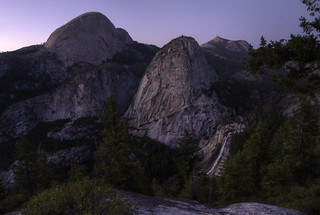
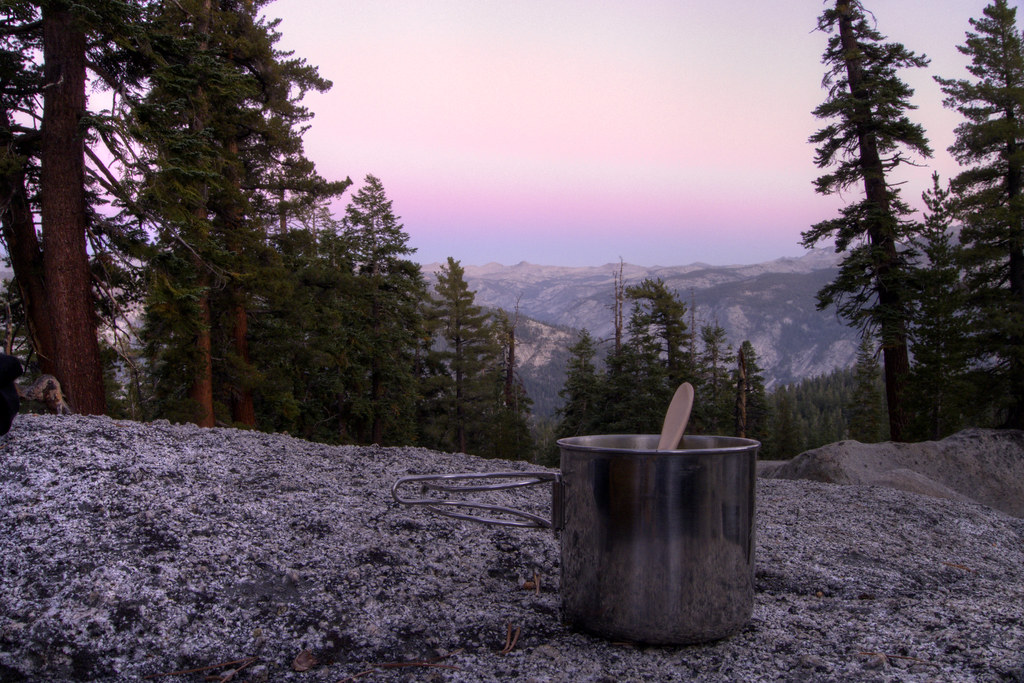
com-s.jpg)
com-s.jpg)
com-s.jpg)
com-s.jpg)
